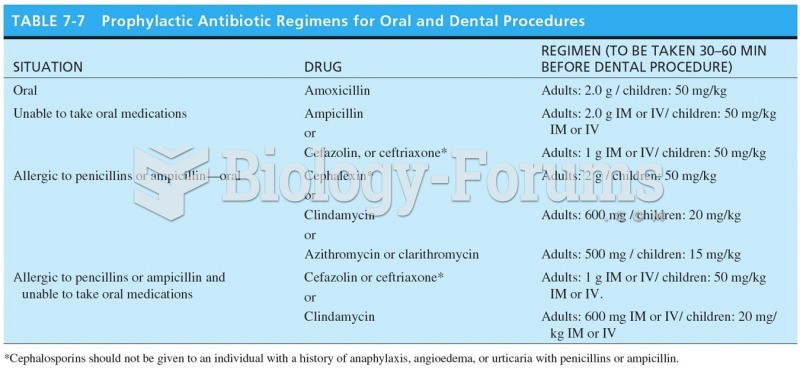Answer to Question 1
Disease Control and Prevention (CDC) pointed to demographics that affect dentistry. Describe them.
In the year 2000, the surgeon general issued a first report on dental health. The report pointed to changes over the last 100 years. In the year 1900, most people lost their teeth by middle age. By the middle of the 20th century, the baby boom generation was taught to take care of their teeth. By the late 20th century, many children were drinking fluoridated water, having their teeth regularly cared for, and thus suffering less decay. Dental health in general has improved over the last century. These trendssuccessful preventive treatments in middle-class children and an increasing aging population who have kept their teethhave changed the conditions dentists are treating and the expectations of patients. Today, dentists are filling fewer teeth but increasingly and aggressively treating the more affluent portion of the aging population.
According to a 2010 report from the CDC, Oral Health Problems Are Common and Painful,:
Tooth decay affects more than one-fourth of U.S. children aged 25 and half of those aged 1215 . About half of all children and two-thirds of children aged 1219 from low-income families have had decay.
Children and adolescents of some racial and ethnic groups and those from lower-income families have more untreated decay. For example, 40 percent of Mexican American children aged 68 have untreated decay, compared with 25 percent of non-Hispanic whites. Twenty percent of all adolescents aged 1219 currently have untreated tooth decay.
Advanced gum disease affects 412 percent of adults. Half of the cases of severe gum disease in the United States are the result of cigarette smoking. Three times as many smokers have gum disease as people who have never smoked.
One-fourth of U.S. adults aged 65 and older have lost all of their teeth.
African American and Mexican American adults have twice the amount of untreated decay as non-Hispanic whites.
Oral health problems are still more prevalent among some minority populations and among low-income families.
Answer to Question 2
Maintain scanned documents of paper charts







